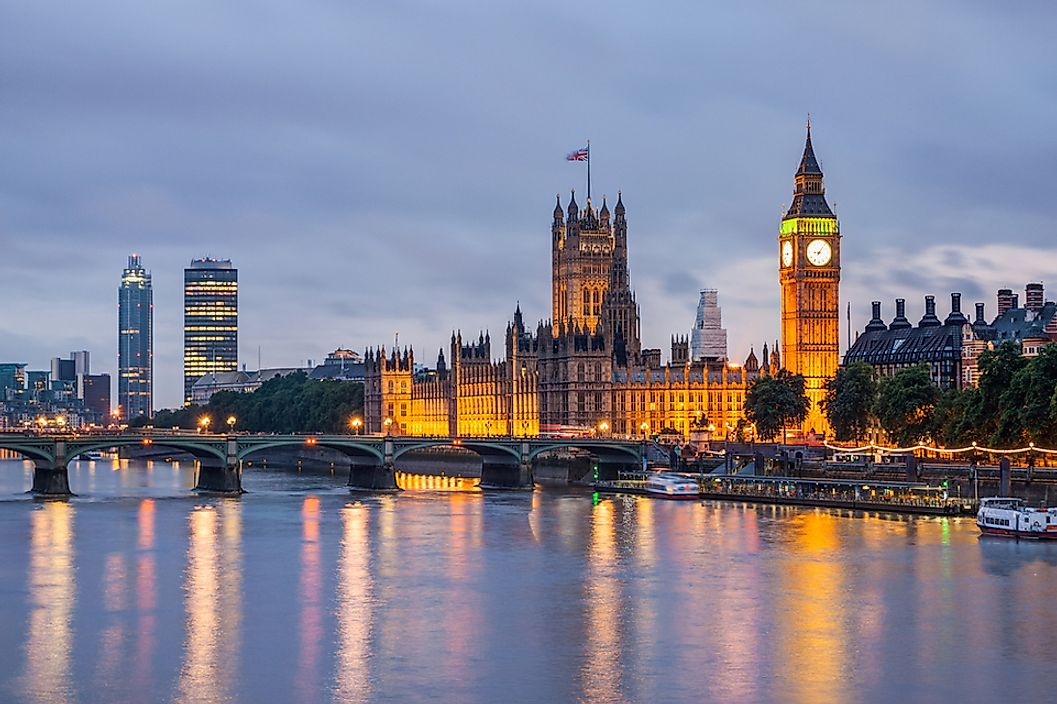What Is the Capital of England?

England is often mistakenly referred to as the United Kingdom or Great Britain. However, it is a constituent country of the UK, sharing its borders with other countries, including Scotland, Northern Ireland, and Wales. England covers 12.5% of the island of Great Britain and includes several other smaller islands, such as the Isles of Scilly. The country has a population of over 53 million people, which accounts for over 83% of the population of the UK. The majority of the population is concentrated around London and other major industrial regions in the country. London is the capital of England and the largest metropolitan area of both the UK and the European Union.
London
London is not only the capital of England, but also the most populous city in the UK. It is located on River Thames and has been a major settlement for more than two thousand years. London is one of the leading global cities in art, education, entertainment, finance, commerce, and media. It is considered the largest financial center in the world and among the top five largest metropolitan areas by GDP in the world. It also receives the highest number of international visitors of any city in the world. London is also a preferred investment destination, boasting more international businesses and billionaires than any other city in the world. London has a diverse population, and over 300 languages are spoken in the region.
Geography of London
London is one of England’s nine regions and covers most of the city’s metropolis. The Greater London covers an area of about 611 square miles and has a population of approximately 7.2 million people. The London Metropolitan area covers a total area of 3,900 square miles. Modern day London occupies the area around the Thames, which is its major geographical feature. The River Thames crosses the city from southeast to east. London experiences a temperate oceanic climate, and receives less precipitation than cities such as Rome and New York, despite it being a rainy city. Temperatures are extreme, ranging -16.10 °C to 38.10 °C. Winters are cool, cloudy, and damp, while summers are generally mild and warm.
Economy
London accounts for about 20% of the UK's total GDP, while the Greater London metropolitan area accounts for approximately 30% of the UK’s GDP. The city has five major business districts. The finance industry is based in two districts: the City and Canary Warf. London has been the world's leading financial center since 1795, following the collapse of the Dutch Republic. The finance industry is the largest in London, with financial exports making the industry the largest contributor to the UK’s balance of payment. London is also a leading tourist destination and was ranked the most visited city in the world in 2015. The tourism industry in the UK employs over 400,000 people in London. London is also a leading city in art, commerce, and education, which contribute significantly to its economic growth.
Administration
The administration of London has two tiers: citywide and local tiers. The Greater London Authority is responsible for citywide administration, while the local administration is managed by the 33 unit authorities. The Greater London Authority is made up of the mayor, who exercises executive authority, and the London Assembly, which supervises activities of the executive. The Local Authority consists of the 32 London boroughs and the London City Corporation. The Local Authority is responsible for the management of the local services, such as planning, garbage collection, and social services.







